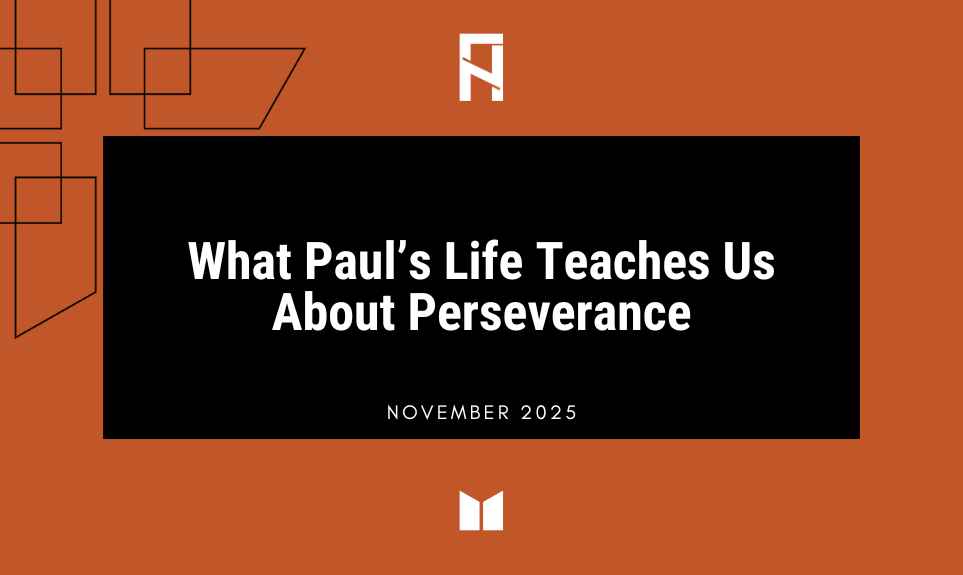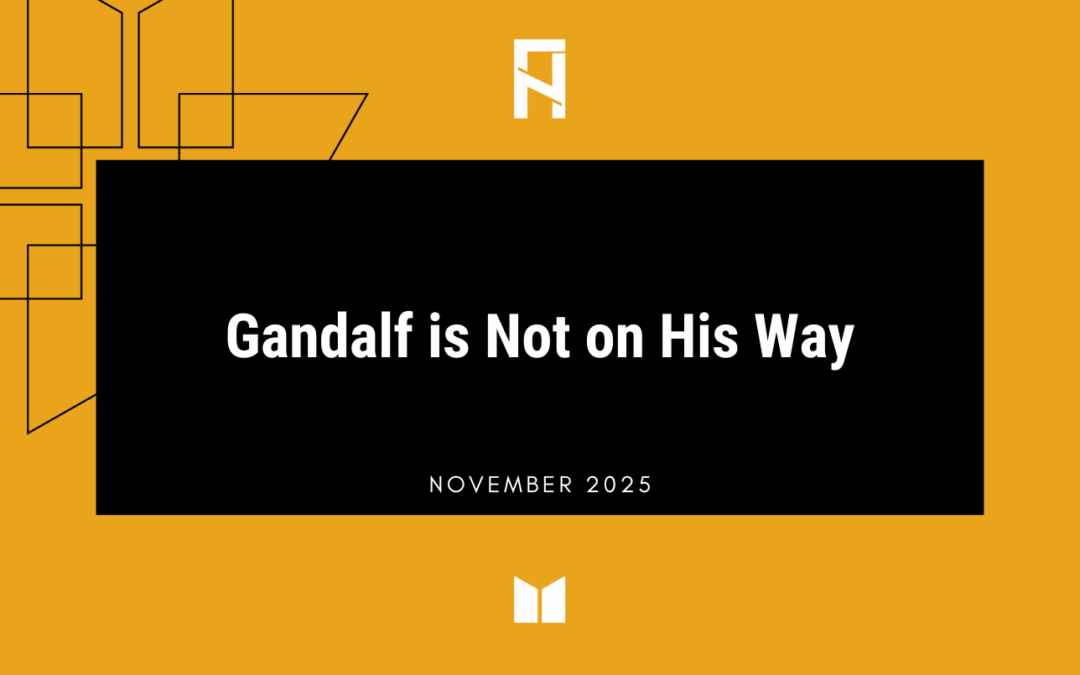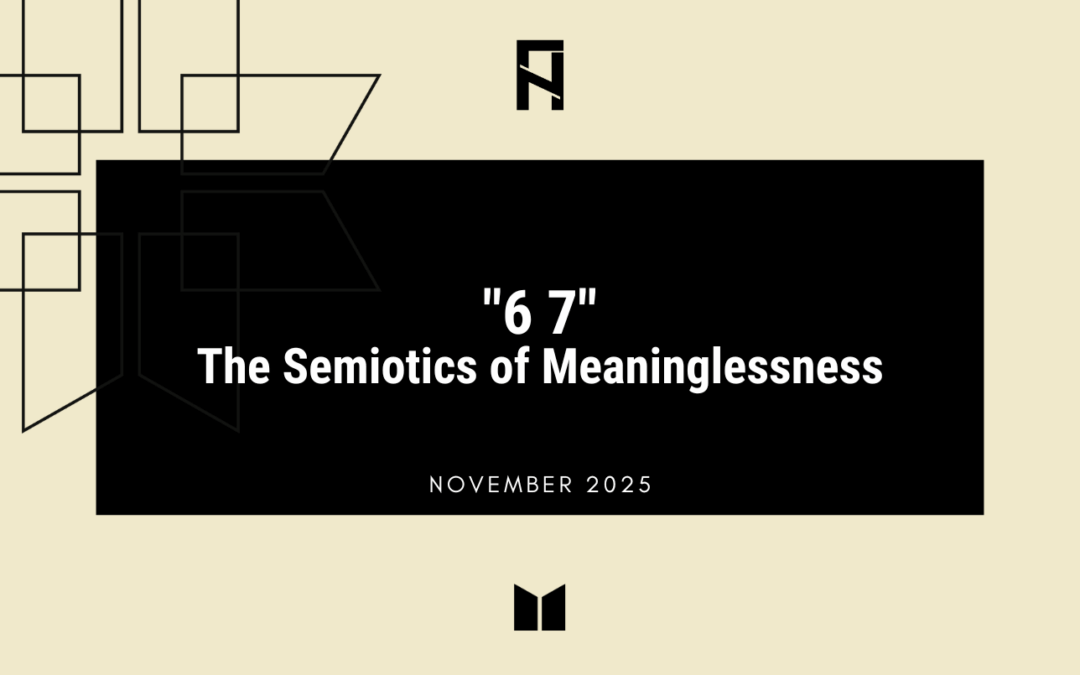By nearly every measure, we possess more tools, more comfort, and more access to information than any generation before us. We can order groceries from our phones, cross oceans in a matter of hours, and connect with people on the other side of the globe instantly.
Yet, beneath this facade of convenience and control, a deep undercurrent of suffering runs through our culture. For a large number of us, our collective psyche seems to be burdened, not just with fleeting discomfort but with a pervasive, unrelenting pain—physical, emotional, and existential—that gnaws at the core of our being. We are constantly pressured to perform and to project an image of effortless resilience, which leaves us terrified of being seen as vulnerable, especially when grappling with profound pain or loss.
We are told, implicitly or explicitly, that robust faith should be a fortress against suffering, a kind of spiritual shield against the pain.
But what happens when the fortress walls begin to shake? What if you find yourself praying for relief and still feel that deep, throbbing ache? For many, this leads to a double-bind of suffering: the pain of the struggle itself, compounded by the spiritual guilt that accompanies it.
The Honest Faith of the Psalmist
The default posture of many Christian subcultures, particularly in America, has been one of perpetual, triumphalist joy. The emotional spectrum of the Christian life, as often depicted from the pulpit or in popular worship music, seems to range only from contented peace to ecstatic praise. Any deviation from this narrow band is often interpreted as a sign of spiritual immaturity or, worse, a lack of faith.
This theology of constant victory, however well-intentioned, has created a dangerous silence around the reality of our inner struggles. It tells us that our faith should erase our pain, and if it doesn’t, we have only ourselves to blame. The result is a church filled with people who feel spiritually isolated even when they are physically surrounded by community, trapped in a performance of wellness they can’t sustain.
Yet, the Psalms say otherwise. The Psalms, often called the prayer book of the church, are a rich and diverse tapestry of human emotion. They contain hymns of praise and songs of victory, to be sure, but it also contains an entire genre of psalms dedicated to a different kind of spiritual work: Lament.
Consider Psalms 42 and 43, often read together as a single, raw meditation on the soul’s despair. The psalmist, crying out from a place of deep distress, repeatedly asks the soul the same piercing question: “Why are you cast down, O my soul, and why are you in turmoil within me?” The psalmist is giving voice to his pain, not trying to suppress it.
He is talking to his soul in the presence of God, acknowledging the reality of his inner turmoil while simultaneously holding on to a flicker of hope.
These psalms of lament are not expressions of spiritual failure. They are a model of spiritual honesty. They are an acknowledgment that the human heart, in a fallen world, is a complex and often contradictory place. The psalmist doesn’t pretend to be okay; he brings his profound sadness and fear to the only One who can truly hear it.
The Psalms of Lament are like a minor key in the song of faith. They remind us that the symphony of Christian life is not always a major-chord crescendo of victory. Sometimes, it is a mournful, searching melody. But in a minor key, there is still beauty, still truth, and still, ultimately, a hope that the music will resolve.
These somber melodies are not a sign of a failed orchestra, but a necessary part of a fuller, richer composition. They allow the human heart to process its suffering and loss in the presence of God, giving sacred weight to our sadness and grief. Without the minor key of lament, the major chords of praise would be shallow and incomplete.
The Hope Beyond the Hurting
The journey of faith, in its truest form, is not about the instant erasure of our struggles. It is about learning to walk with God in the midst of them. The modern age, with all its comforts and anxieties, has forced us to confront a fundamental truth about our human condition: we are both fearfully and wonderfully made, and also broken by the reality of the Fall. Our struggles are not a sign of spiritual failure, but a part of this brokenness, a wound that touches the deepest parts of our minds and emotions.
The ultimate hope of the Christian story is not that we will one day achieve perfect, pain free tranquility, but that one day, Christ will return to complete the work of redemption. In that final restoration, “He will wipe away every tear from their eyes, and death shall be no more, neither shall there be mourning, nor crying, nor pain anymore, for the former things have passed away”.
Until that day, our journey is not about the absence of pain, but the presence of hope. It is in the midst of our anxieties, our depressions, and our burnouts that we are invited to lean into the promise of a God who is with us, who understands our suffering, and who is, even now, at work to bring healing and restoration to all things. The battle with pain is a hard one, but it is not one we are meant to fight alone.






